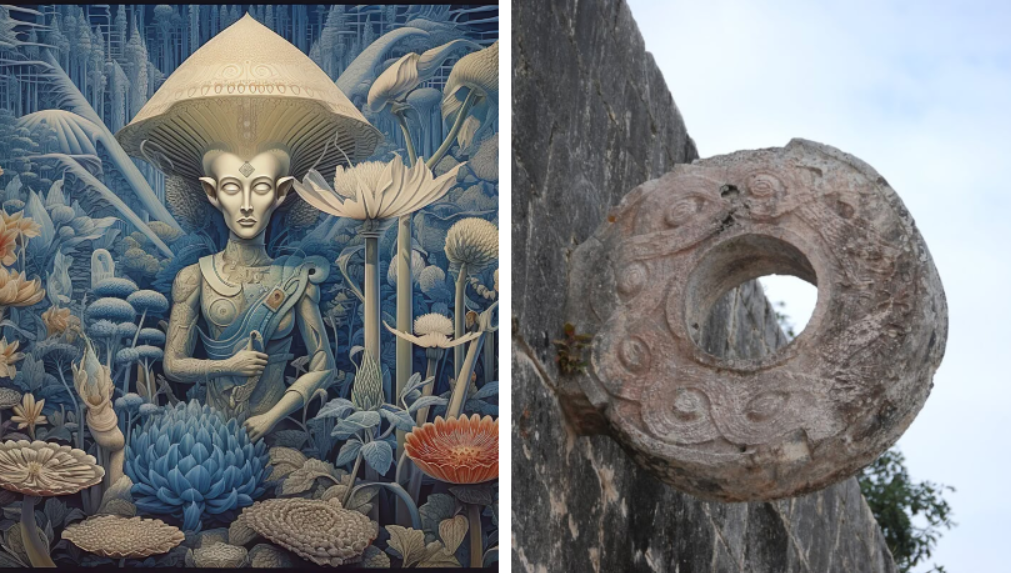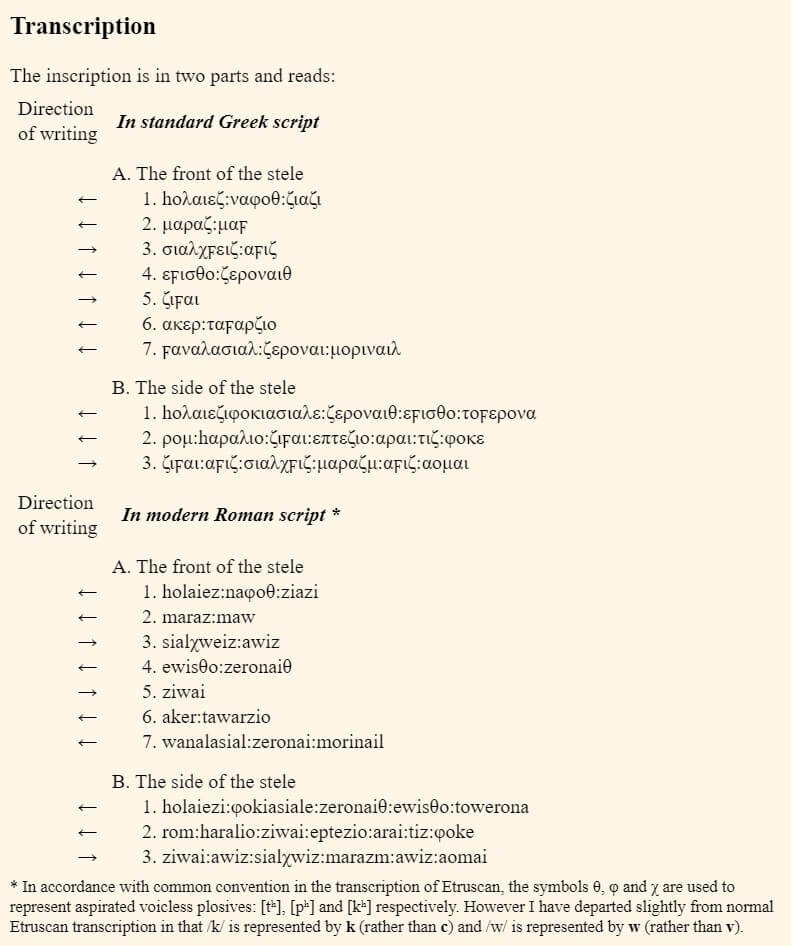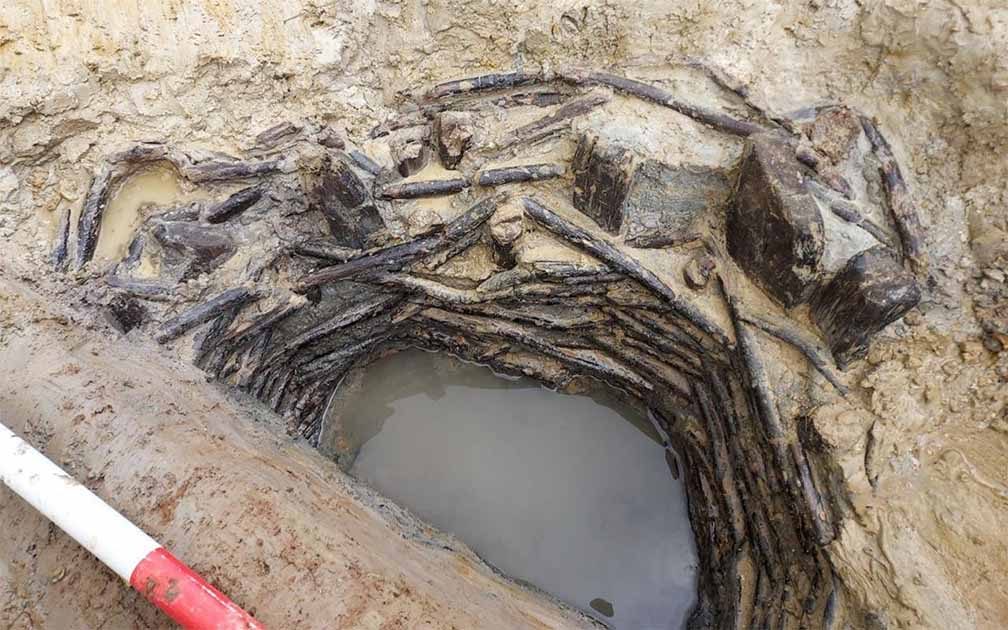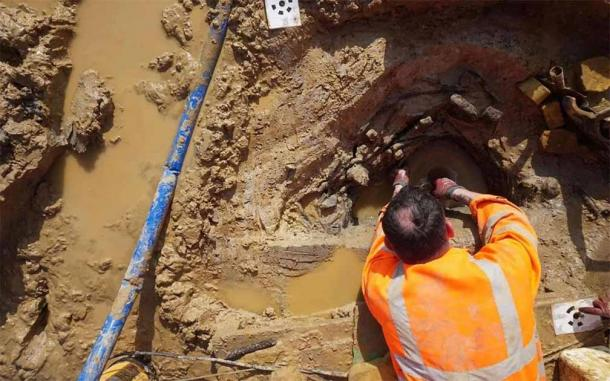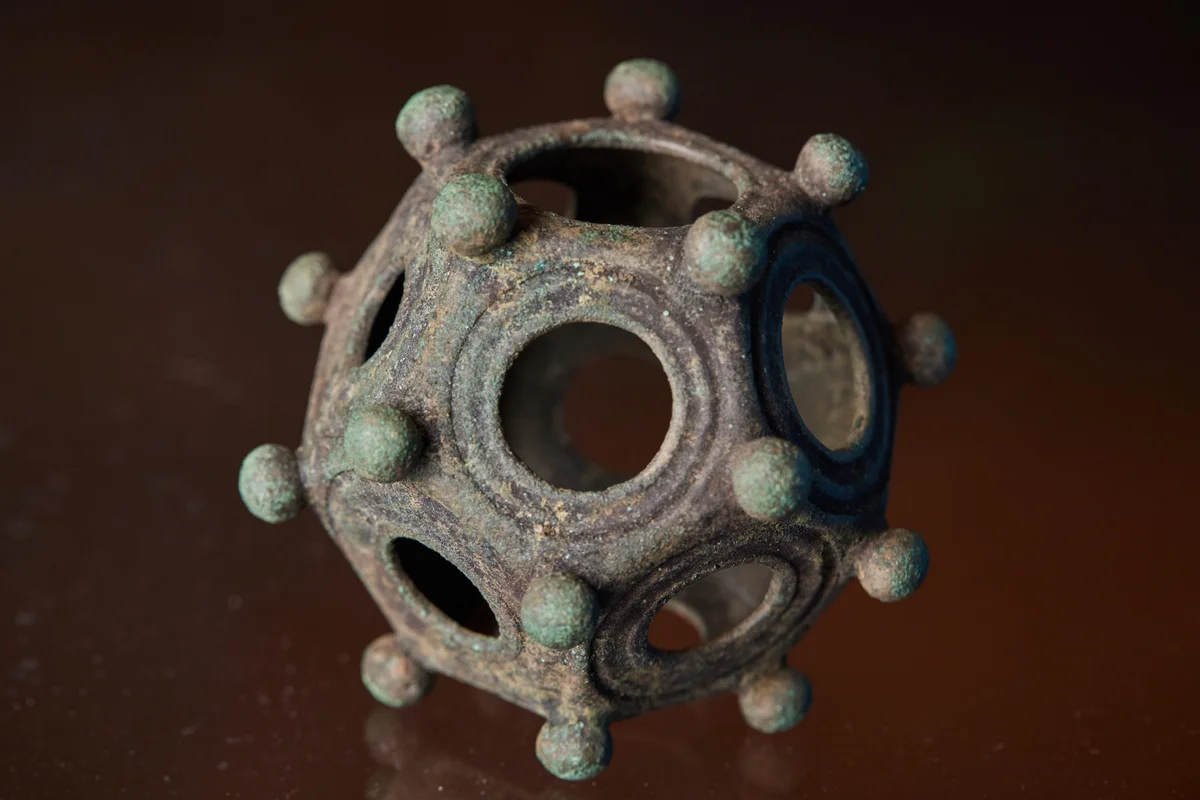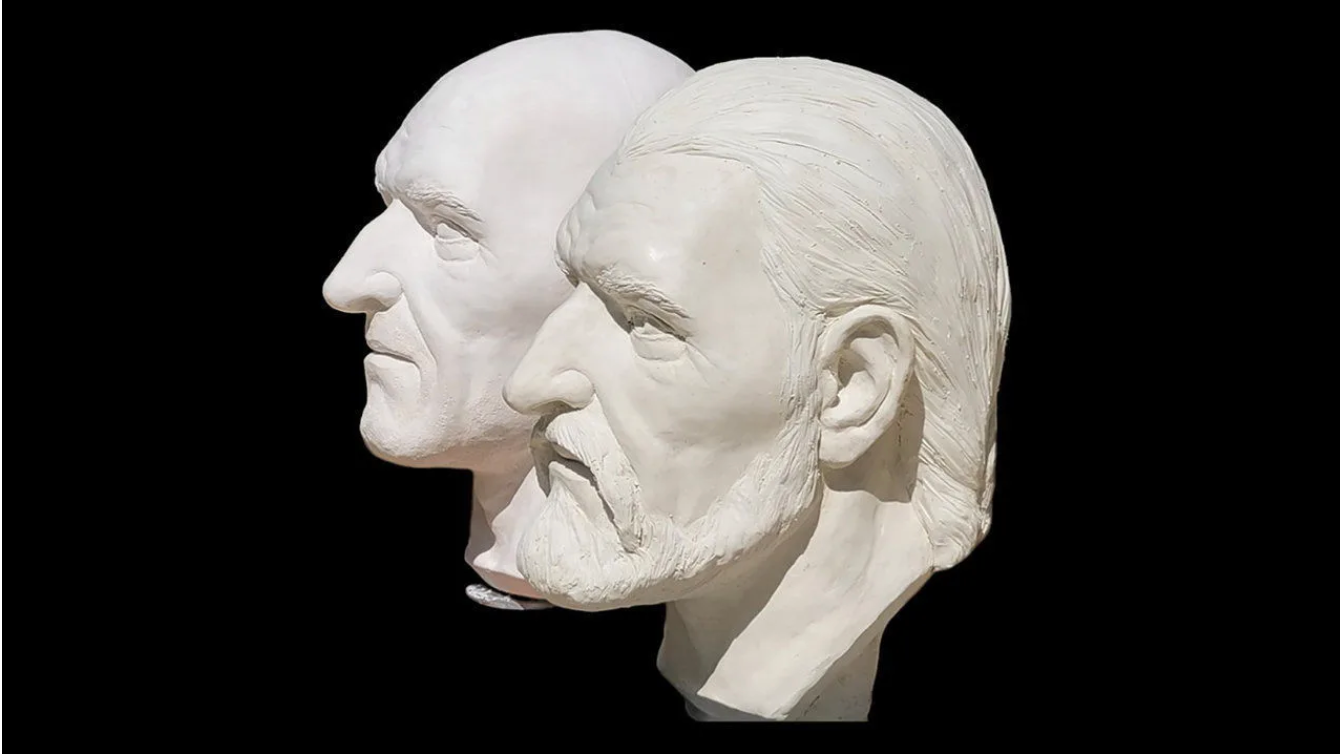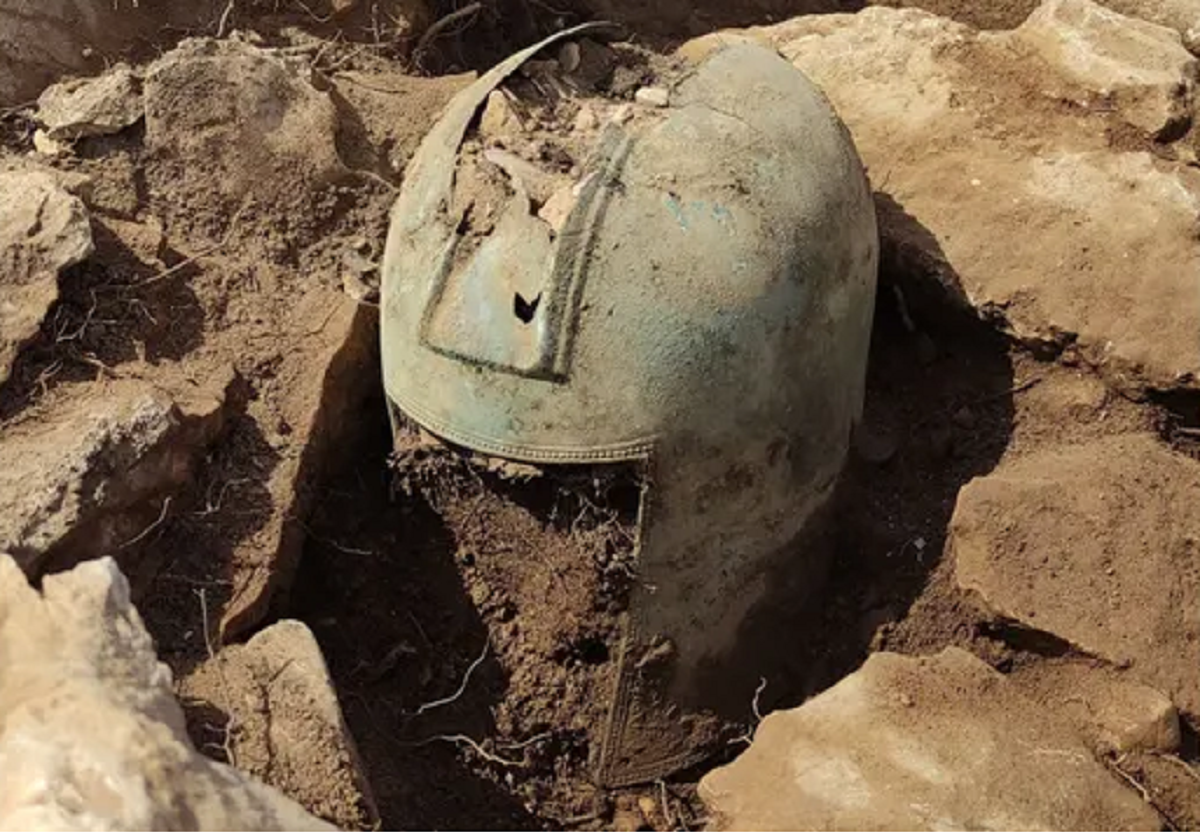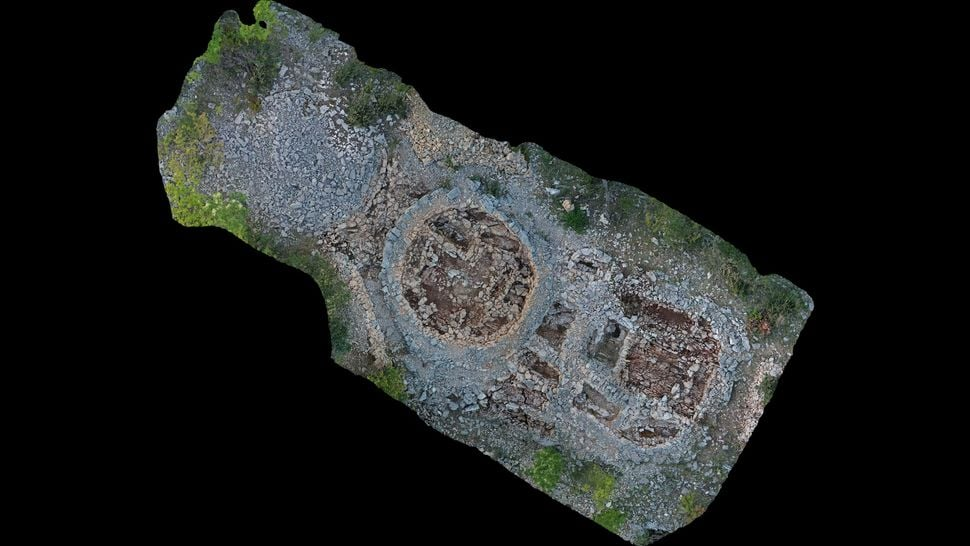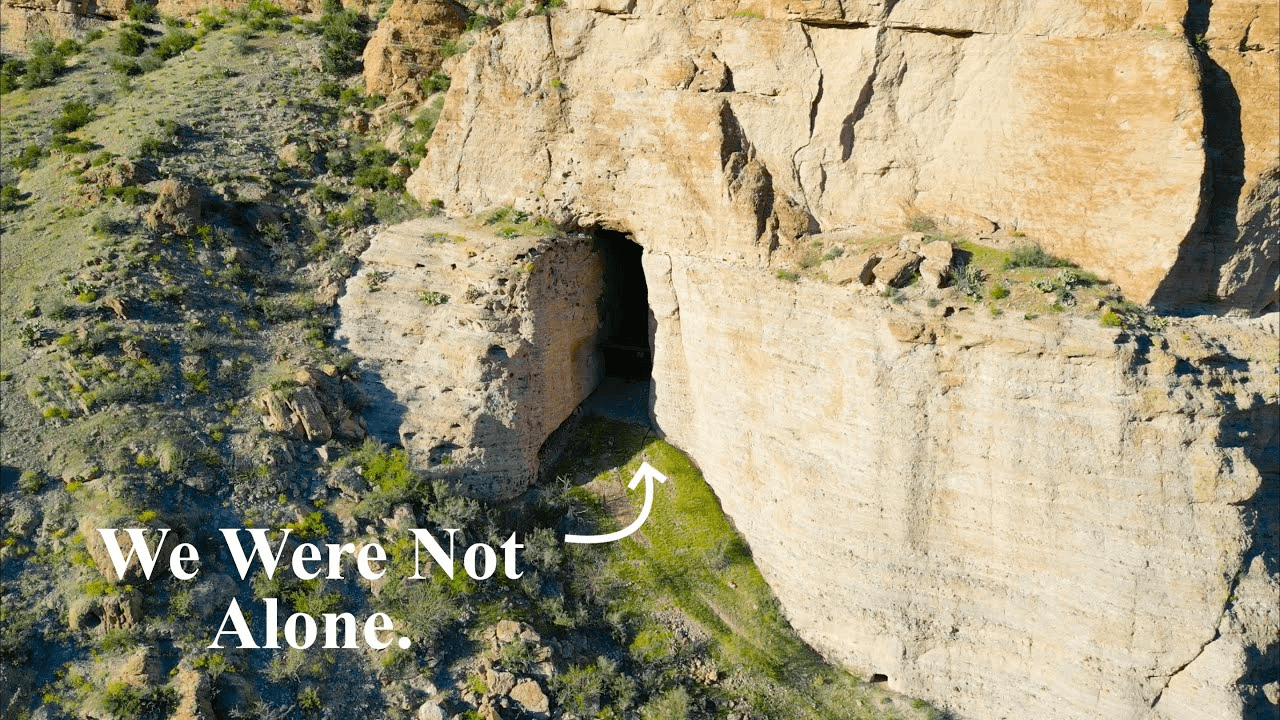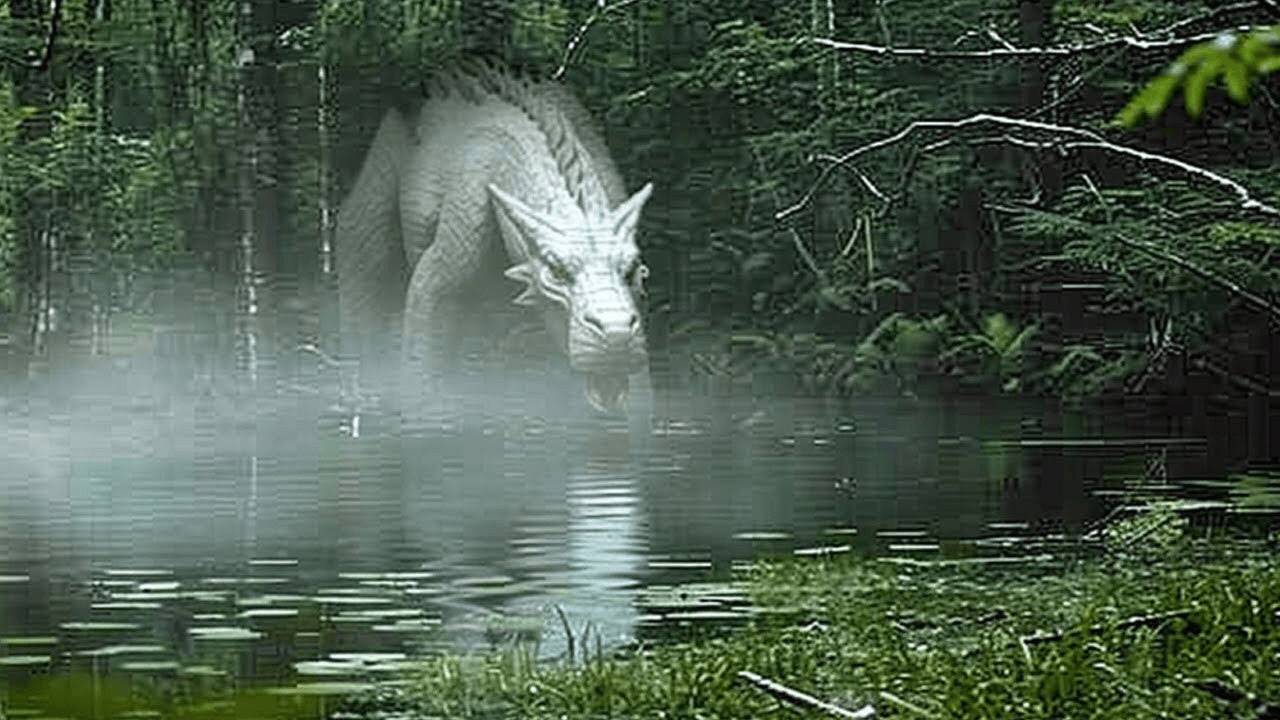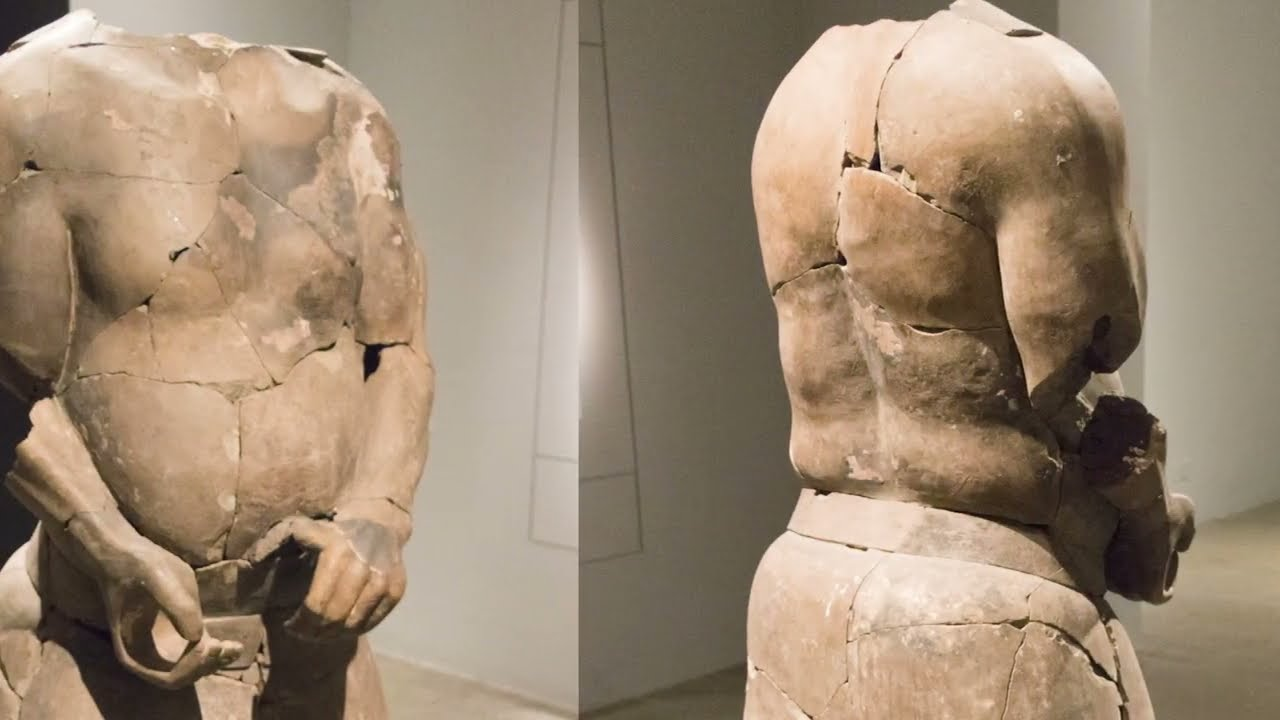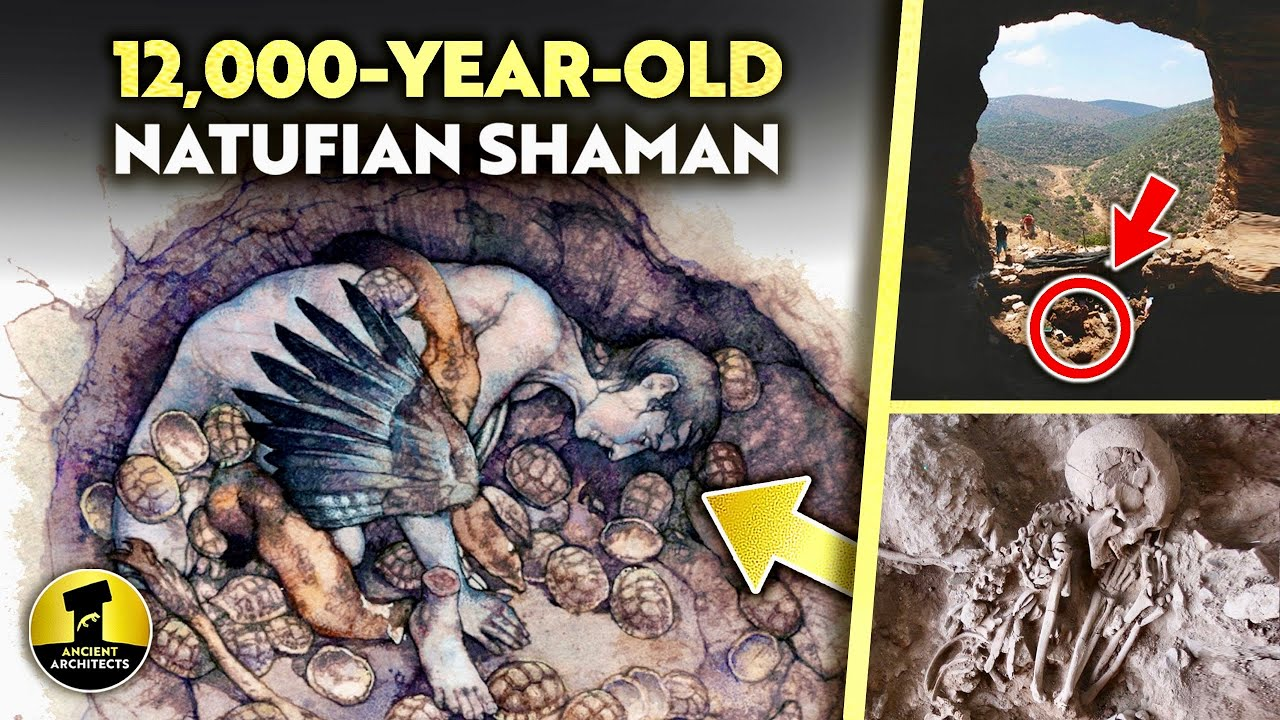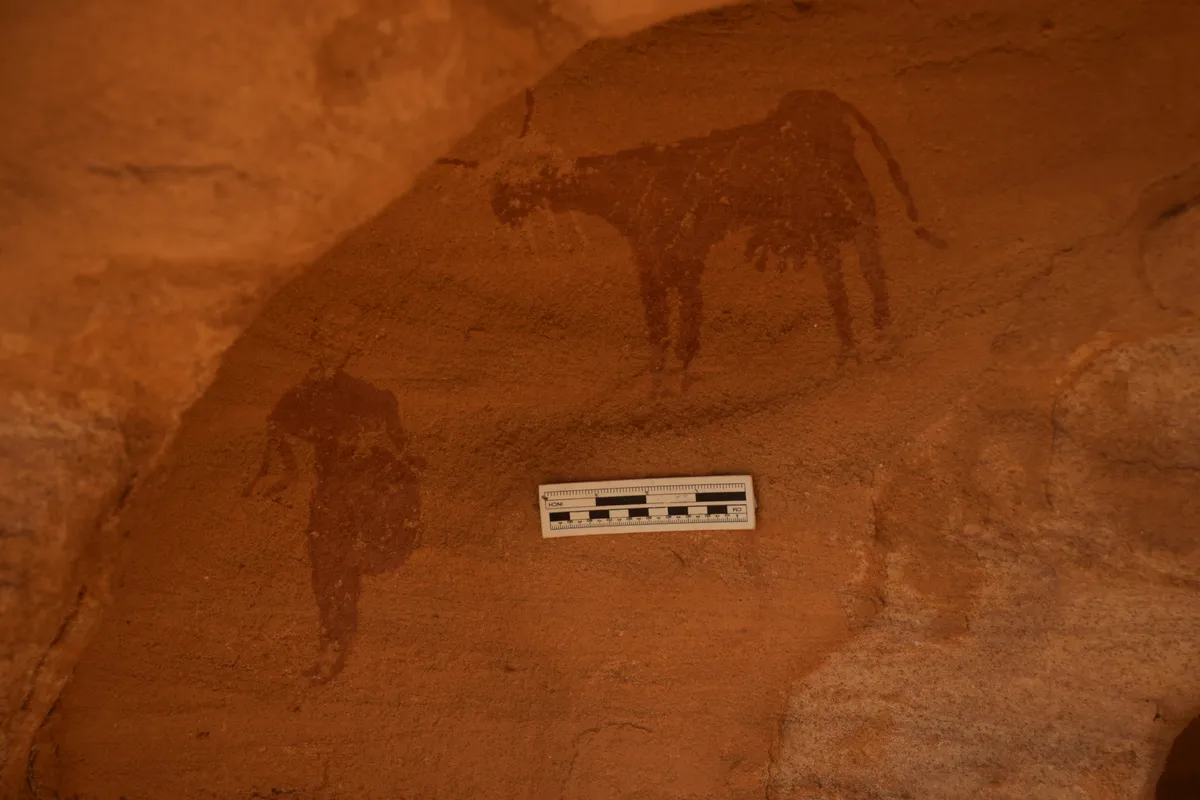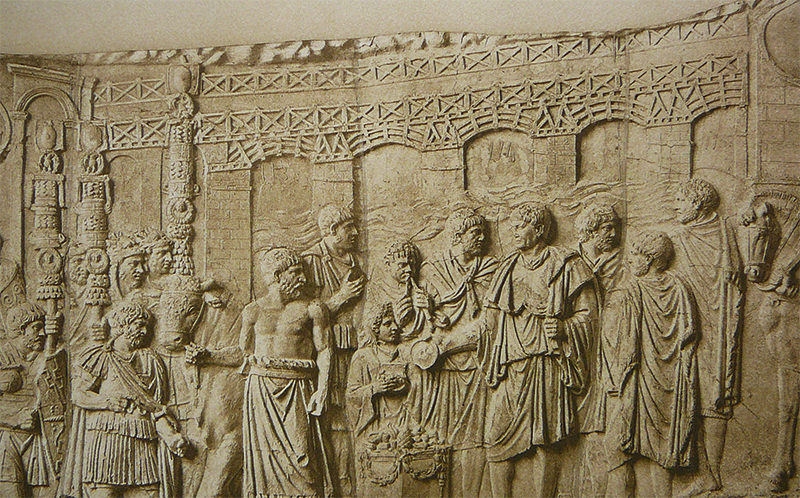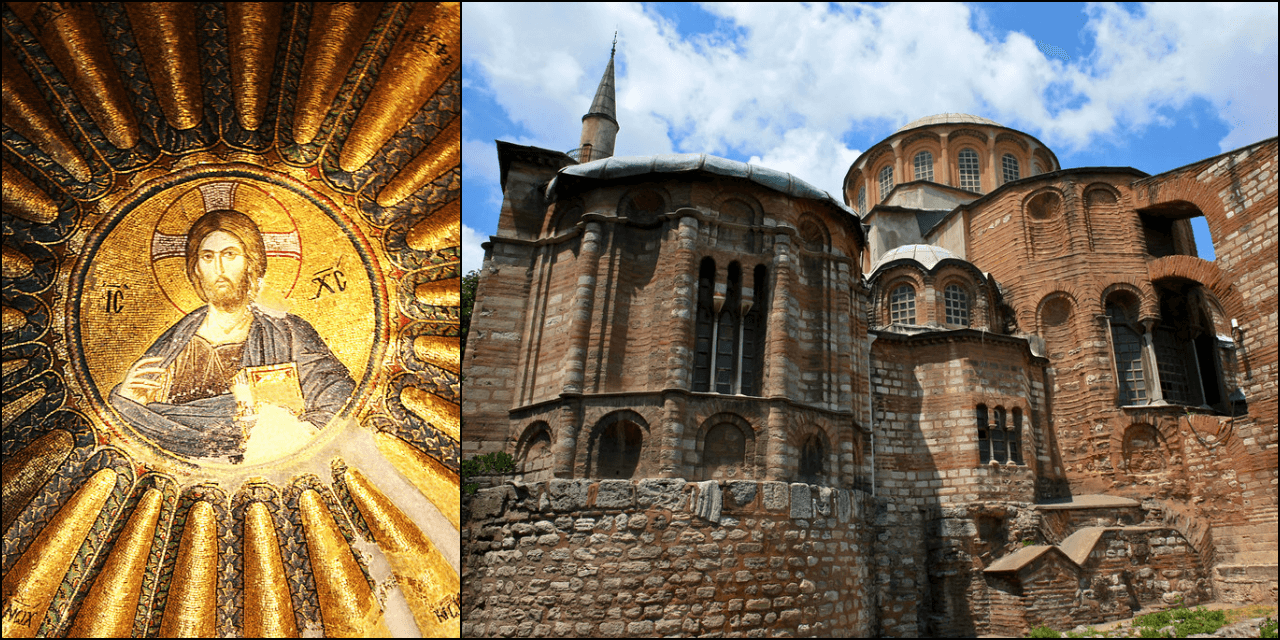Prostitution, often regarded as the world's oldest profession, had its place in ancient civilizations, including that of Ancient Egypt. However, understanding prostitution in Ancient Egypt requires an examination of its societal, religious, and legal aspects, which often diverge significantly from modern perceptions of sex work.
Social Context and Acceptance
In Ancient Egypt, sex was not inherently taboo or associated with guilt as it would be in many later Western societies. The Egyptians viewed sexual expression as a natural part of life, which was integrated into their mythology, religion, and daily activities. Prostitution existed, but its forms and the social attitudes towards it were complex and multifaceted.
The role of women in Egyptian society provided a backdrop to the nature of prostitution. Women in Ancient Egypt could own property, initiate divorce, and manage their own business dealings. This independence might have extended to some who engaged in sex work, allowing them to manage their affairs to a degree that would be uncommon in many other ancient cultures.
Religious and Mythological Influences
The religious context in Egypt also influenced perceptions of prostitution. The cult of the goddess Isis, for instance, incorporated sacred sexuality as part of its religious observance. Some interpretations suggest that ritualistic acts which could be classified as 'sacred prostitution' were performed by priestesses of Isis. This was not prostitution in the commercial sense but a spiritual service that was believed to bridge the divine with the mundane.
Moreover, certain festivals, most notably the Feast of Hathor, would involve ceremonial activities that celebrated fertility and sexuality. These could be perceived as forms of ritualized prostitution, but again, they were conducted within a religious framework that differed significantly from the commercial sex work seen in other cultures.
Legal and Economic Aspects
Documentary evidence on the regulation and organization of prostitution in Ancient Egypt is sparse. Unlike Mesopotamia with its well-documented provisions regarding prostitution, Egyptian texts do not provide clear indications of the legal status of sex workers. However, some references in medical texts and literature suggest that prostitution was known and practiced.
Economically, women who engaged in prostitution might have done so out of necessity. The profession could offer a means of survival in the absence of other economic opportunities. In this sense, prostitution was just another facet of the labor market, albeit one that was likely stigmatized or looked down upon, much like in many other ancient societies.
Artistic and Literary Representations
Art and literature from Ancient Egypt also provide insights into the role of sexuality and, by extension, prostitution. Erotic poetry from the Ramesside period (1307-1070 BCE) suggests a society with a candid acceptance of sexuality. Meanwhile, depictions in art might include subtle allusions to the act of prostitution but interpreting these representations is challenging due to the symbolic nature of Egyptian art.
Conclusion
Prostitution in Ancient Egypt cannot be fully understood through a modern lens or equated directly with contemporary notions of sex work. It was a complex institution that intersected with religion, economy, and social structures in ways that were uniquely Egyptian. Recognizing this complexity is crucial to gaining a deeper understanding of how sexuality and survival intertwined in the ancient world.
This nuanced view of prostitution in Ancient Egypt highlights the civilization's sophisticated approach to matters of sexuality and societal structure, revealing a culture that, in many ways, was both pragmatic and spiritually rich.
Source:
Sex and Society in Ancient Egypt" by Lisa Manniche
The Literature of Ancient Egypt" edited by William Kelly Simpson
Conceptions of God in Ancient Egypt: The One and the Many" by Erik Hornung


